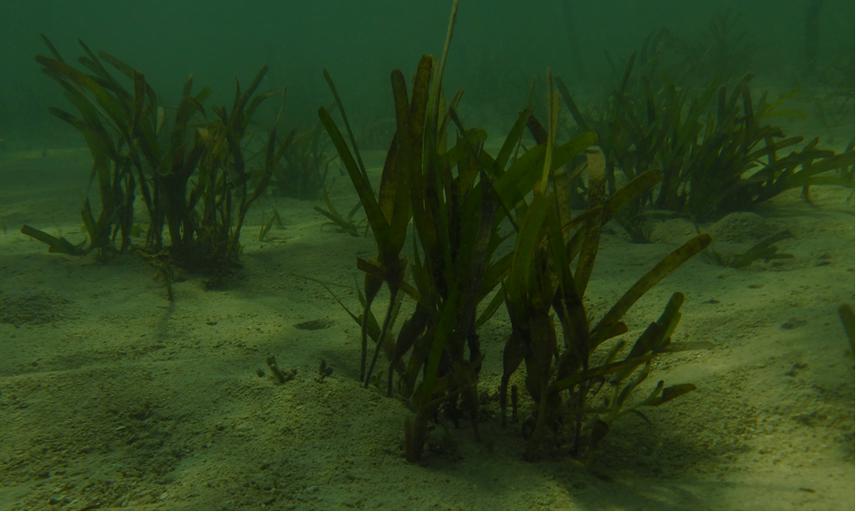Grilante Beva
Other projects
20 Apr 2022
Trial of Seagrass Restoration Techniques in Ranobe Bay, Southwest of Madagascar
The seagrass is referred to as a blue carbon ecosystem, ranking among the most productive in the marine ecosystem, surpassing coral reefs and mangroves. It plays a crucial ecological role as a habitat for numerous marine biodiversity, and feeding area for other, including fish, molluscs, crustaceans, and green turtles (Chelonia mydas), and provides protection for coastal areas against erosion. Seagrass meadows offer fishing opportunities for peoples living along the coast.
Globally, seagrass covers approximately 10% of coastal areas, but 30% of its coverage has been degraded around the world. In Ranobe Bay, Southwest of Madagascar, the degradation of this ecosystem is caused by overfishing with using destructive gears, marine pollution, seaweed farming by abandoning of equipment after using (refer to photo in below), and also by the climate change.

Transplanted seagrass after two months of transplantation by method-based sediment in Ranobe Bay, Southwest of Madagascar. © Beva Grilante, September, 2022.
Regarding to the threats for the seagrass habitat, their conservation and restoration are essential action for rehabilitating its coverage and preserving associated biodiversity. These actions also contribute to resilience in coastal communities against climate change impacts. The study about transplantation techniques for seagrass have been tested in Ranobe Bay, Southwest of Madagascar. The pilot project revealed that sediment-based methods are more effective for transplanting seagrass when following the guide for good practices. Therefore, it is crucial to provide training to local communities on seagrass transplantation techniques and engage them in actions for the conservation and restoration of seagrass meadows. The participation of local communities is very important to ensure the success of this project.
This project will take place at the same site as the pilot project, in the villages of Ifaty and Beravy in Ranobe Bay, Southwest region of Madagascar. The primary objective of this project is to provide technical knowledge to local communities on seagrass restoration technique and to mobilize them for management/conservation and restoration of seagrass ecosystem, in order to assess the effectiveness for community-based seagrass restoration. And the specific objectives are focussing on:
1) to assess of the effectiveness of the community-based seagrass restoration through the monitoring of the survival rate, the growth of the transplants, and the evolution of their coverage in the restoration site compared to the initial state (coverage at t0),
2) to identify the factors (including temperature, salinity, turbidity, substratum and biotic factor) that may influencing to the success of seagrass transplantation.
Header: Collected clods of seagrass to put in the plastic basin. © Beva Grilante, January 2024.